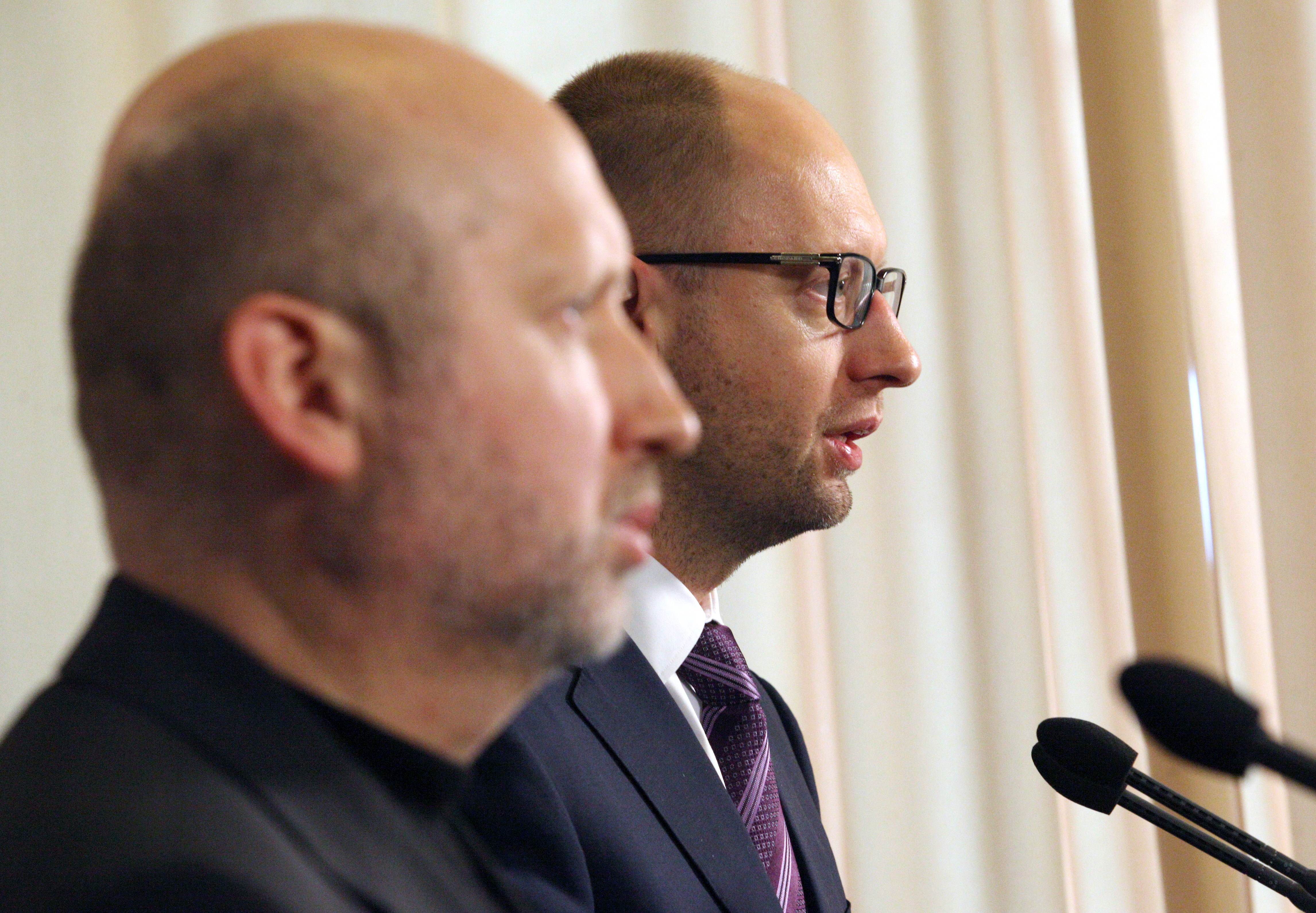
Ukrainian Government and ‘Oligarchs’ Share Interest in Country’s Stabilization
Publication: Eurasia Daily Monitor Volume: 11 Issue: 43
By:

In Ukraine’s case, democratic theory was at no time a valid premise for assessing the stability, internal legitimacy, or indeed the logic of the country’s political order. That order functioned to a large extent through informal arrangements among interest groups that coalesced around Ukraine’s “oligarchs” of industry and finance, with strongholds in the east and south of the country. The leading businessmen were also the main shareholders in Ukraine’s political process, parties, mass media, the parliament, and the executive branch, until the second Maidan (December 2013–February 2014) erupted, seemingly threatening to sweep this system away.
The first Maidan, known as the Orange Revolution (2004–2005), was also supposed to sweep the oligarchic system away, with democratic slogans inspired by some sections of Ukraine’s elites. However, that revolution ushered in the oligarchic system’s apogee. Growing in wealth and political influence, oligarchic groups variously combined or competed with each other, dividing state power and resources in a constantly shifting and self-regulating pattern. Ultimately, former president Viktor Yanukovych’s and his “Family’s” aggressive economic expansion disrupted that system, prompting certain oligarchs to support the second Maidan, which ousted Yanukovych two weeks ago.
That combination of forces, however, turns out to have been (again) a “situational” one for the short term. The second Maidan, still encamped and mobilized, opposes the participation of “oligarchs” in the governance of the country. But the Maidan’s political leaders, who took over the government barely ten days ago, are turning to those same business tycoons for political support and financial investments.
When told that “this contradicts the Maidan’s principles and demands,” interim president Oleksandr Turchynov replies: “If we follow the Maidan to the letter, we would simply lose the country.” Business circles find this attitude reassuring (businessliga.net, March 3).
Russian President Vladimir Putin is suddenly taking the revolutionary Maidan’s side, against Ukraine’s new government. He sees a destabilizing potential there: “I can understand the people on the Maidan. They continue to demand cardinal transformations, not just changing the government’s façade,” Putin stated in his press conference entirely dedicated to inciting Ukrainians against each other (Interfax, March 4).
Industrial-financial business groups have preserved their power base in Ukraine’s eastern and southern regions. Those experienced “oligarchs” who established this system more than 20 years ago, and survived two Maidans, are probably still the most influential power brokers in those regions. The cast of characters at the top has not much changed in two decades. The precarious central power in Kyiv needs them to stabilize those parts of Ukraine, which have become the focus of Russia’s destabilization efforts. The “oligarchs,” moreover, are rallying to the flag in the wake of Russia’s military invasion of Crimea. They are speaking out for the country’s territorial integrity and political stability.
Ukraine’s east and south had seemed a relative land of stability, even as turmoil was engulfing Kyiv, the west and the center of Ukraine from December through late February. Disorder started spreading in the east and south after the final act of regime change in Kyiv and the escalation of Russian inflammatory propaganda to unprecedented levels (see below).
A part of the Russophone population in these regions is potentially receptive to Moscow’s message. Many who considered themselves to be represented by the ousted regime, disapprove of the violent change. Local radical leaders are emerging to exploit such sentiments. A new generation of pro-Russia activists seeks to outflank and outbid the traditional, cautious nomenklatura in these regions. The power vacuum in Kyiv enlarges the opening for instability to spread to the regions. Kyiv EuroMaidan representatives, who descended on major eastern and southern cities to halt centrifugal trends, acted as an irritant, lacked critical mass in any case, and have been run out (see EDM, February 26; Dzerkalo Tyzhnia, February 28).
Moscow’s daily televised message says that the Kyiv government is illegitimate, and that these regions of Ukraine should shape their own future in partnership with Russia. Violent troublemakers have been detected infiltrating across the border from Russia to participate in demonstrations.
Anti-government, pro-Russia demonstrations were held on March 1–March 3 under Russian flags in Donetsk, Luhansk, Dnipropetrovsk, Mykolayiv, Odessa and Kharkiv (administrative centers of the eponymous regions). Demonstrators variously demanded Ukraine’s “federalization,” special ties between these regions and Russia, upgrading the official status of the Russian language, re-subordinating the police to local authorities (instead of the central government) or creating local militias. In each city the demonstrations aired some demands in various combinations from this menu, calling for local referendums to be held on these proposals. Protesters attempted to seize regional administration buildings or city halls. Several governors and mayors resigned under duress (Interfax-Ukraine, UNIAN, Channel 5 TV, March 1- 4).
Some of the best-known “oligarch” businessmen based in these regions have responded to this situation by volunteering their service to the inexperienced government in Kyiv. They have offered or accepted offers to serve as heads of the regional state administrations (presidentially appointed governors), or informally to designate their representatives to serve with their full backing. Businessmen such as Rinat Akhmetov, Ihor Kolomoyski and others of similar caliber have offered such service as an emergency measure, to stabilize the administration and politics in these regions of Ukraine (see accompanying article).




